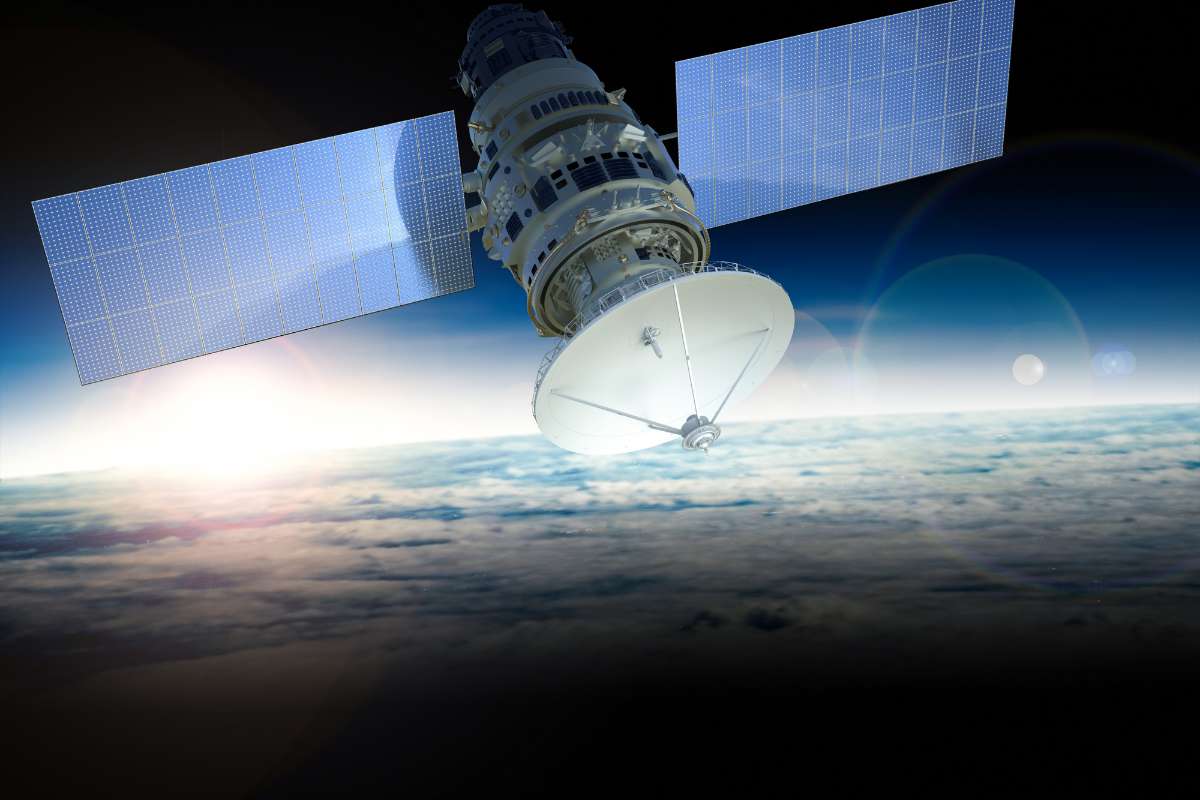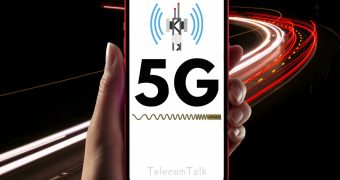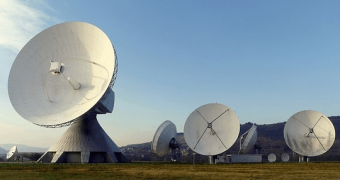
While the telecom industry in India seems to be reduced to a handful of players, the wired broadband industry in India has proliferated in recent times thanks to the rapid adoption of FTTH technology by the industry stakeholders, new ISPs, and the consumers alike. However, while this happens in the background, there is an entirely new segment of broadband business that is brewing and that happens to be satellite communication. As per a new press release by ICRA, satellite communication is going to be the next revolution in the broadband space in India. The rating agency in its release has remarked that if the operating environment eases, the satellite communication user base is expected to rise to around 1.5 to 2 million by 2025, generating a revenue of around Rs 5,000-6,000 crore annually.
Many New Players Stepping in the Field
Mr Sabyasachi Majumdar, Group Head & Senior Vice President, ICRA noted that satellite communication will be important for the areas which have not been connected with a terrestrial broadband connection using the traditional methods. Besides, it will be a boon for broadband inclusion of a lot of remote and sparsely populated areas. He further added that a lot of new players are stepping in the race of launching satellites for ventures like these including popular names like Starlink, Amazon, and One Web. It is worth noting that services like these make use of the Low Earth orbit satellites which are sent in space forming a network of satellites used to provide broadband connectivity to the people. Some of the advantages of such a network include good geographical coverage and good broadcasting capabilities. However, the technology is also very expensive and prone to bad weather.
Growth in India Slow Due to Policy Uncertainties
ICRA also noted that adoption in India is currently slow, as in the United States, these services have 4.5 million subscribers and European Union has more than 2.1 million subscribers, the penetration in India is only restricted to 0.3 million enterprise subscribers. The reason for this limitation is the restrictive policies to launch satellites in space, and also restrictions on last-mile connectivity through satellite to retail subscribers. If the policy environment eases, then the satellite communication market would be able to reach its full potential, Majumdar said.















